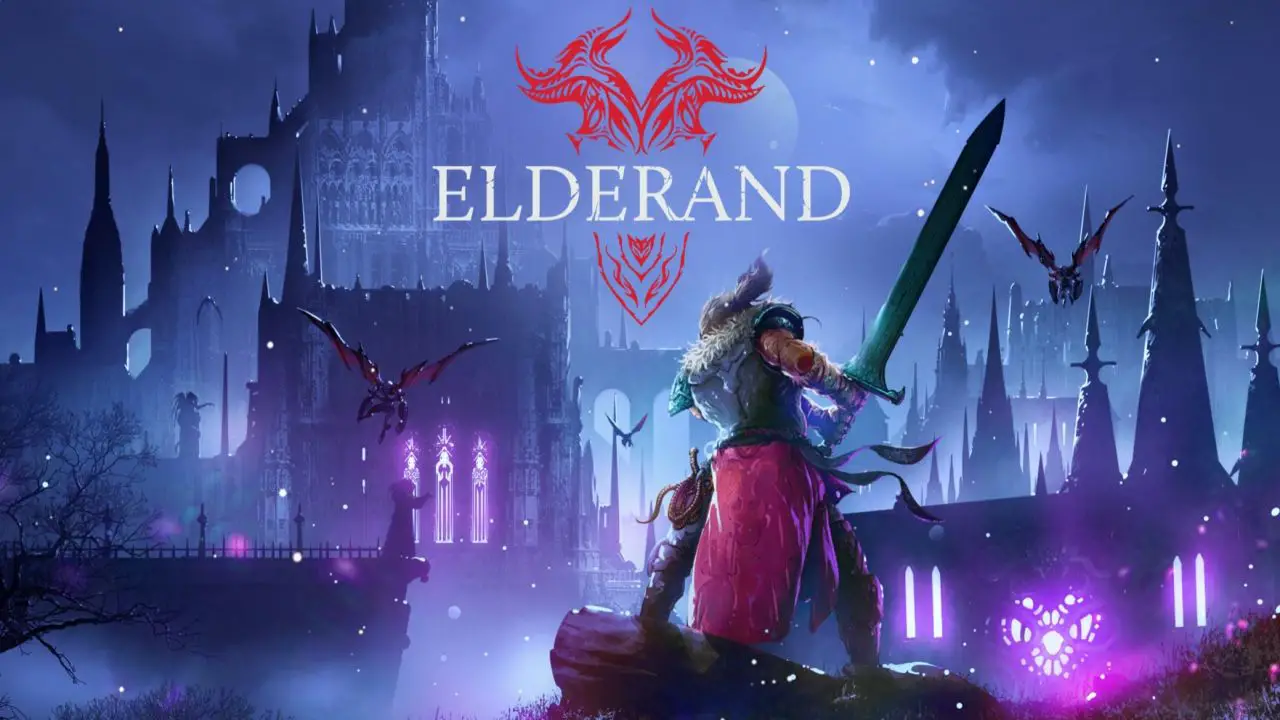In a world that is becoming increasingly interconnected, embracing diverse cultures has become essential. Relationships, in particular, are greatly influenced by cultural differences, presenting both challenges and opportunities for those involved.
Navigating these differences requires a deep understanding and open-mindedness, traits that can be nourished through the power of writing. By delving into the intricacies of cultural nuances, this guide aims to equip readers with the necessary tools to forge stronger, more harmonious relationships.
From learning to effectively communicate to fostering empathy and respect, this journey will unravel the beauty and richness that cultural diversity brings to our lives.
The Power Of Writing: A Tool For Navigating Cultural Differences In Relationships
In the realm of relationships, it is not uncommon to encounter cultural differences. These differences can stem from various factors, such as nationality, ethnicity, and even race.
Navigating through these cultural complexities can be both challenging and stressful, often requiring significant effort and understanding from both partners. However, one powerful tool that can aid in navigating these differences is writing.
Writing, in its various forms, allows individuals to express their thoughts, emotions, and perspectives in a structured and organized manner. In multicultural relationships, where partners may come from different cultural backgrounds, writing can serve as a bridge that connects their diverse perspectives.
By putting their thoughts into words, individuals can better understand each other’s experiences and gain a deeper appreciation for their partner’s cultural heritage.
Through writing, partners can delve into the intricacies of their cultural backgrounds and share their personal anecdotes, traditions, and values. This exchange of information fosters a sense of mutual understanding and helps to bridge the gap between cultural differences.
Furthermore, writing also allows individuals to reflect upon their own cultural biases and learn from their partner’s experiences, thus promoting personal growth and vulnerability within the relationship.
Moreover, writing can help partners navigate the challenges of communication in multicultural relationships. Different communication styles and language barriers often lead to misunderstandings and conflicts.
However, by expressing their thoughts and feelings through written words, partners can bypass these barriers and ensure that their message is accurately conveyed.
In essence, writing serves as a valuable medium for navigating cultural differences in relationships. It enables partners to gain a deeper understanding of each other’s perspectives, fosters open communication, and promotes personal growth within the relationship.
The Growing Trend: 17% Of US Marriages Are Between Newlyweds From Different Races Or Ethnicities
In recent years, there has been a significant increase in the number of marriages between newlyweds from different races or ethnicities in the United States. According to recent statistics, these intercultural marriages account for a staggering 17% of all marriages in the country.
This upward trend reflects the increasing diversity and multiculturalism within our society. As globalization continues to connect people from different corners of the world, it is only natural that individuals from diverse backgrounds come together to form intimate relationships.
These intercultural marriages bring forth a multitude of cultural perspectives, enriching the fabric of our society.
However, while these unions hold immense potential for personal growth and cross-cultural understanding, they also present unique challenges. Navigating cultural differences in relationships requires a concerted effort from both partners to bridge the gap between their respective backgrounds and foster a harmonious coexistence.
The Challenges Of Navigating Cultural Differences In Relationships
It is no secret that cultural differences can pose significant challenges in relationships. These challenges may manifest in various aspects, ranging from communication difficulties to conflicting values and expectations.
To successfully navigate these obstacles, it is crucial to identify and address them.
One of the main challenges in intercultural relationships is the clash of communication styles. Cultural backgrounds influence how individuals communicate and interpret verbal and nonverbal cues.
These differences can lead to misunderstandings, as what may be considered acceptable in one culture may be perceived as rude or offensive in another.
Additionally, language barriers can compound the challenge of effective communication. Partners who do not share a common language may struggle to accurately express themselves, leading to frustration and miscommunication.
However, with patience and a willingness to overcome these obstacles, couples can find creative ways to communicate and strengthen their bond.
Another challenge lies in the differing expectations and values that stem from cultural backgrounds. These disparities can affect various aspects of the relationship, such as gender roles, family dynamics, and even decision-making processes.
It is essential for partners to have open and honest conversations about their expectations and values, seeking mutual understanding and compromise.
Building Strong Relationships: Doing So Requires An Open Mind And Respect For Each Other’s Cultures
Navigating cultural differences in relationships requires a solid foundation built on an open mind and respect for each other’s cultures. Building a strong relationship in the face of cultural disparities is not an effortless task, but with dedication and understanding, it can lead to a harmonious and enriching union.
First and foremost, both partners must approach the relationship with an open mind. This involves being receptive to learning about their partner’s culture and being willing to embrace and celebrate the diversity it brings to the relationship.
By doing so, individuals can foster a deep appreciation for their partner’s background and create a safe space for open dialogue and understanding.
Respect for each other’s cultures is also paramount. It is crucial to recognize that there is no right or wrong culture, but rather different ways of understanding and experiencing the world.
Respect involves actively seeking to understand and appreciate the nuances of each other’s cultural practices, traditions, and values. By doing so, partners can create a sense of belonging and inclusivity within the relationship.
Furthermore, building strong relationships requires active communication and a willingness to address conflicts and challenges head-on. Couples must embrace vulnerability and engage in open and honest conversations about their cultural perspectives, expectations, and needs.
By fostering an environment of trust and open communication, partners can navigate cultural differences in a constructive manner and grow both individually and as a couple.
The Unique Challenge Of Communication In Multicultural Relationships
Communication is an essential aspect of any relationship, and in multicultural relationships, it becomes an even more unique challenge. Different communication styles, influenced by cultural backgrounds, can impede understanding and lead to misunderstandings and conflicts.
However, with patience, empathy, and a commitment to overcoming these challenges, partners can foster effective communication in their relationship.
One of the primary hurdles in multicultural relationships is the varying reliance on verbal and nonverbal cues. Some cultures place greater emphasis on verbal communication, while others rely heavily on nonverbal cues such as body language and facial expressions.
These differences can lead to misinterpretations and misunderstandings, as partners may unintentionally misread each other’s intentions or emotions.
Language barriers further exacerbate the challenge of communication. Partners who do not share a common language may encounter difficulties in accurately expressing themselves or understanding each other’s perspectives.
This hurdle emphasizes the importance of patience and understanding, as partners must make an extra effort to bridge the linguistic gap.
To navigate these communication challenges, couples can employ various strategies. Firstly, active listening and empathy play a crucial role in understanding and validating each other’s perspectives.
By actively listening to understand rather than to respond, partners can bridge the gap and create effective communication channels.
Secondly, couples can make use of technology and tools such as translation apps to aid in overcoming language barriers. These tools allow partners to express themselves more clearly and accurately, ensuring that their message is conveyed without any misinterpretations.
Lastly, incorporating shared activities and rituals into the relationship can serve as a nonverbal means of communication. Engaging in joint hobbies or embracing cultural traditions from both partners can create a shared language that transcends verbal communication and strengthens the bond between the couple.
In conclusion, navigating cultural differences in relationships requires patience, empathy, and a commitment to understanding diverse perspectives. Writing serves as a powerful tool that allows couples to express their thoughts, bridge communication gaps, and gain a deeper understanding of each other’s cultural backgrounds.
By building relationships based on open-mindedness and respect, couples can navigate the challenges of cultural differences and foster a strong, harmonious bond. Effective communication, despite its challenges, can be achieved through active listening, empathy, and the incorporation of shared activities.
With these strategies, multicultural relationships can thrive, celebrating the richness that diverse perspectives bring.


